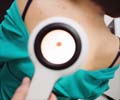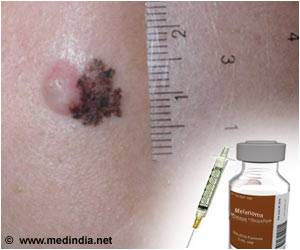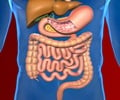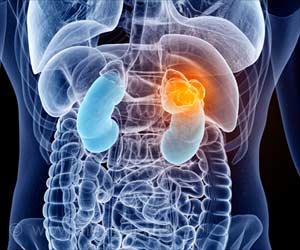No added benefit was proven in moderately emetogenic or in highly emetogenic chemotherapeutic regimens with the drug combination of Netupitant/palonosetron.
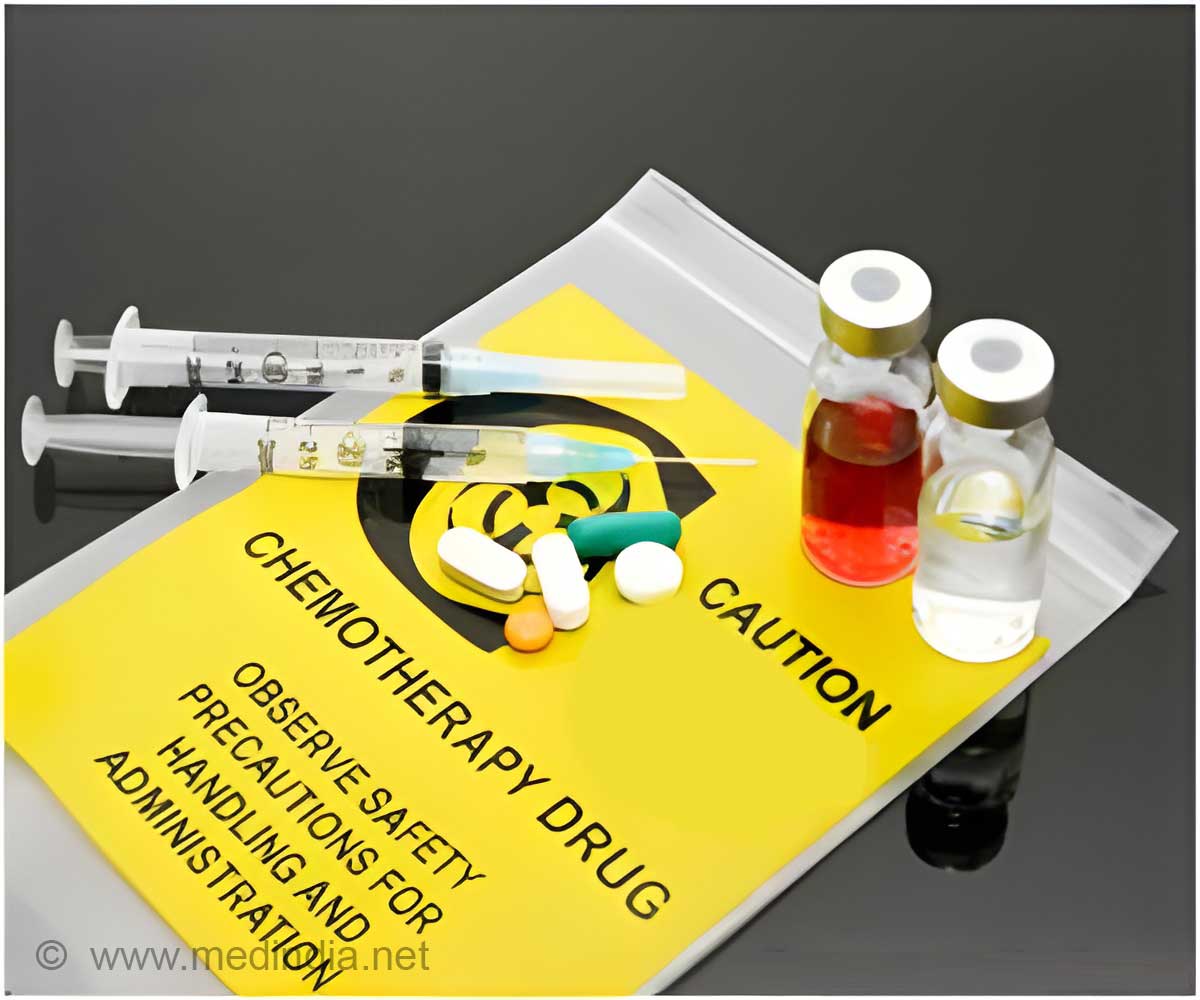
‘Netupitant/palonosetron has been approved for the prevention of acute and delayed nausea and vomiting in adult patients receiving vomit-inducing cancer chemotherapy. When researchers examined in a dossier assessment whether the drug combination offers an added benefit over the appropriate comparator therapy, they observed no such added benefit in moderately emetogenic or in highly emetogenic chemotherapeutic regimens.’





For the first research question (moderately emetogenic chemotherapy), the drug manufacturer presented data in its dossier from a study of direct comparison and from an indirect comparison, in which palonosetron had been used as serotonin antagonist. Both comparisons are unsuitable for the derivation of the added benefit because the study of direct comparison, which was also used for the indirect comparison, included patients receiving a combination chemotherapy classified as highly emetogenic in current guidelines. For the second research question (highly emetogenic cisplatin-based chemotherapy), the manufacturer chose the triple combination palonosetron, aprepitant and dexamethasone from the allowed ACTs. In one relevant study (NETU-10-29), this drug combination had been compared with netupitant/palonosetron and dexamethasone in patients receiving moderately emetogenic chemotherapy and in patients receiving highly emetogenic chemotherapy. The analyses submitted in the dossier were conducted on the basis of the second subpopulation, which was relevant for the research question. The assessment was conducted based on the results during the entire study duration, i.e. across several cycles of chemotherapy.
There was no statistically significant difference and therefore no hint of an added benefit of netupitant/palonosetron versus the comparator therapy for the outcomes 'all-cause mortality', 'serious adverse events' and 'treatment discontinuation due to adverse events'. Health-related quality of life was not investigated, and there were no evaluable data for the outcome 'nausea'. Hence an added benefit is not proven for these 2 outcomes either.
For the outcome 'vomiting', the manufacturer only presented results for the first chemotherapy cycle. These were inadequate for the derivation of an added benefit, particularly because mainly anti-emetogenic effects that last for several chemotherapy cycles are relevant for patients.
There was a statistically significant difference in favor of netupitant/palonosetron for the harm outcome 'diarrhea', and hence a hint of considerably lesser harm in comparison with the triple combination.
Advertisement
Source-Eurekalert

